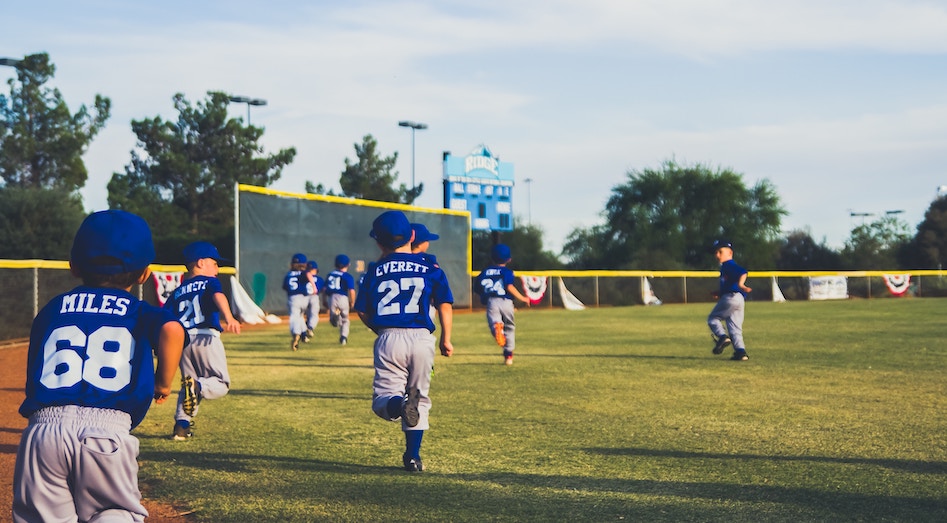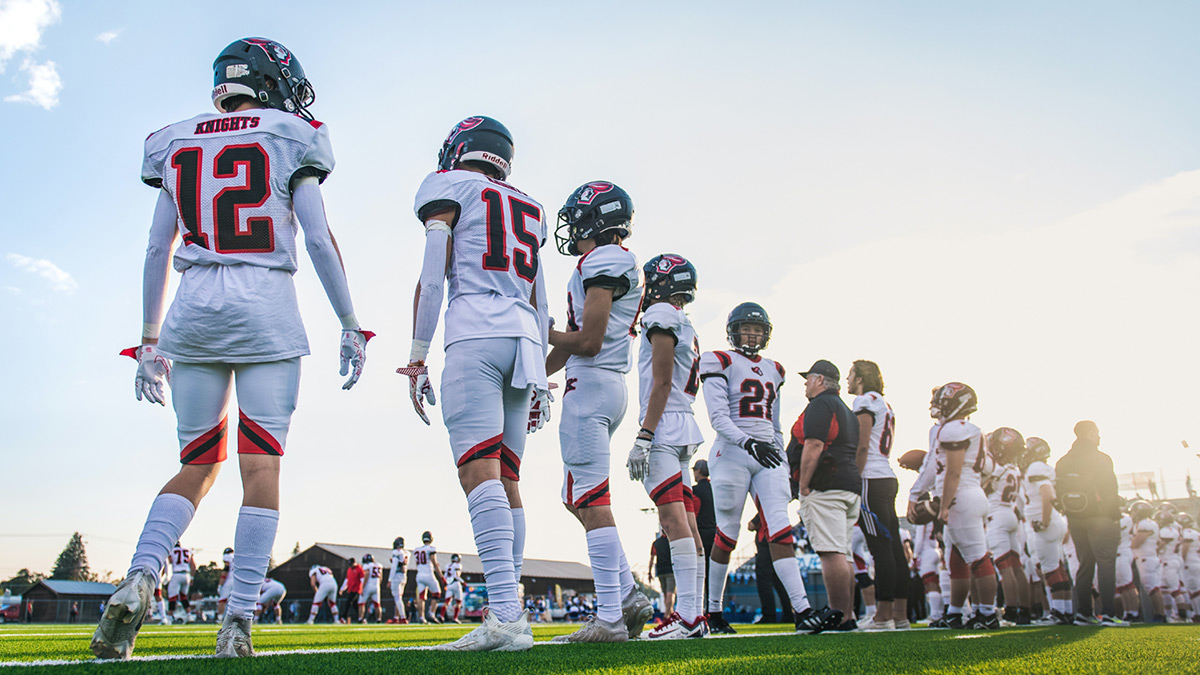When you think of the environmental impacts of apparel, perhaps the concepts of fast fashion and micro trends come to mind. Something you probably don’t consider? Sports uniforms!
Sustainable uniforms enter the court
Just this year, Major League Baseball (MLB) teams have been limited to five jerseys per season according to Bill DeWitt III, President of the St. Louis Cardinals. At first thought, this might not seem like a lot. But when we consider the 30 MLB teams along with their respective 26-player rosters, this limit still equates to 3,900 MLB jerseys for the 6-month season.
And that number only reflects one season of one league in one sport – and doesn’t even include the rest of the uniform. Now think of how many jerseys are needed for other major sports teams and events, whether the National Football League (NFL), the National Basketball Association (NBA), the Fédération Internationale de Football Association (FIFA), the Olympics – the list goes on!
The number of jerseys needed per season for major sports teams alone is incomprehensible, but there are also college teams, high school teams, little leagues, minor leagues, and local teams for each sport that all require jerseys and uniforms, too. So, while sports uniforms may not be top of mind when it comes to apparel impacts, it’s clear they’re a part of the beast.

Stepping up to the plate
If the number of jerseys made for sports teams each season doesn’t indicate an opportunity for impact reduction, their material composition does. Because it’s important for athletes to wear uniforms with characteristics like stretch and moisture wicking, the uniforms are often made from virgin synthetic materials like spandex and polyester, which are natural-resource intensive. The production of virgin synthetic materials uses at least 48 million metric tonnes of crude oil per year – that’s about the same weight as 145 Empire State Buildings!
Not only does synthetic fiber production use mass amounts of petroleum (a finite resource), but it also emits huge amounts of CO2e into the atmosphere, which propels climate change.
Uniform suppliers like Nike and Adidas, who are in contract with numerous major sports teams, have taken notice of these impacts and begun the long journey toward making sports uniforms more sustainable.
For example, in lieu of the World Cup this summer, Nike and U.S. Women’s Soccer unveiled their kits for the season, which are made from 100% recycled plastic bottles. This season’s uniforms also use less fabric and have increased fabric marker efficiency by about 50% when compared to 2019 kits, according to CBS News.
Adidas, which makes uniforms for women’s soccer teams including Argentina, Japan, and Sweden, has also incorporated recycled materials into this year’s uniforms. Their kits are made using a yarn comprised of 50% ocean-bound plastic and 50% recycled polyester. The hope is that these sustainability actions launch a chain reaction influencing other uniform makers to follow suit.

In it for the long run
While these big players’ efforts to make their uniforms more sustainable are a great start, they aren’t covering all their bases just yet. There’s still a long way to go within this apparel niche.
A few things teams can do once they’ve adopted responsible materials into the make-up of their jerseys are:
- Increase the lifespan of the uniforms through laundering and repairs – players don’t retire after one season, so why should their uniforms?
- Incorporate recycled materials into parts of a uniform that may be overlooked – we’re talking down to the socks!
- Communicate sustainability efforts to fans before games or matches. This is a great way to educate spectators in a way that resonates with them and gives teams the chance to showcase the efforts they’re making.
Whether soccer or baseball, rugby or swimming, we’re just as excited about sustainable uniforms as we are about watching the actual events! Sports are integral to our culture: they bring us together, entertain us, and give us a great adrenaline rush – and we want future generations to be able to enjoy them, too. To ensure this, we must first leave them with a healthy, habitable environment in which to live and thrive, which is why it is so important to think of sustainability in all aspects of our lives – even in sports!
Related content
Want to chat?
We’d love to hear from you. Reach out to see how we could work together.





